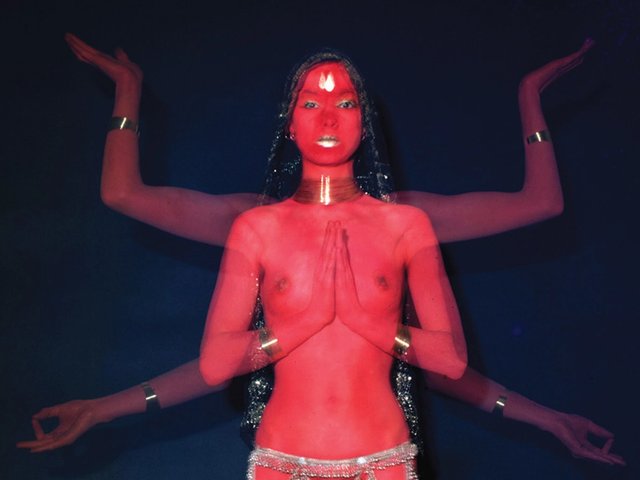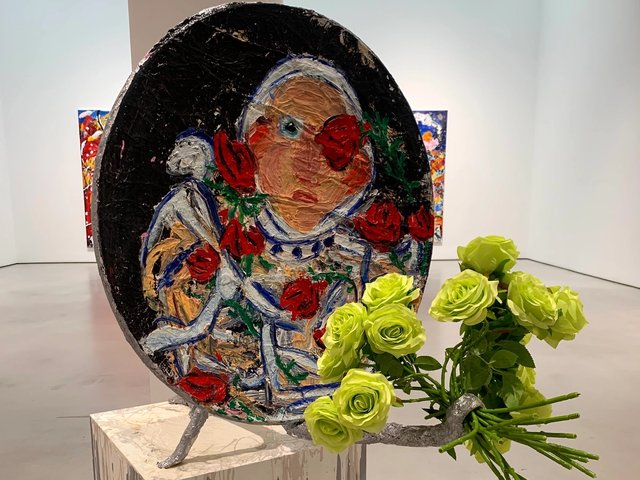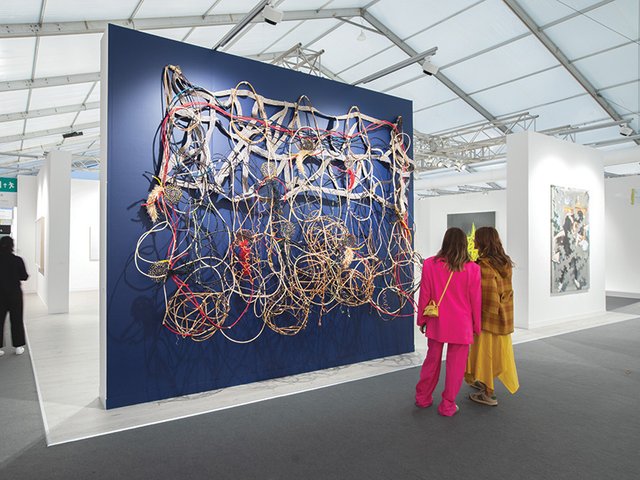The feminist art collective Pussy Galore’s latest version of the Guerrilla Girls’ 1986 gallery report card, which tallies the percentage of women represented by major New York dealers, needs another update. When the report card was issued in February 2015, Tony Shafrazi Gallery represented the smallest percentage of women among the 34 galleries surveyed (5% of its roster). But Marlborough Chelsea has now surpassed Shafrazi to earn that dubious distinction. Following the departure of the artist Davina Semo, the gallery has no women on its 14-artist roster. (Marlborough New York, a parent gallery with a separate programme, represents five.)
Semo left Marlborough Chelsea to join the new Lower East Side gallery Lyles & King. With respect to the absence of other female artists at Marlborough Chelsea, she says: “In my time at the gallery, I’m aware of at least three strong artists (who also happen to be women) who were courted and offered representation by Marlborough Chelsea, and it was the individual artists who turned down the offers. I don’t pretend to understand why these women said no, but the fact is that the gallery does not hold all the responsibility here.” Solo exhibitions of Semo’s work are due to open at Capital gallery in San Francisco on 4 September and at Lyles & King on 9 October.
Max Levai, a co-director of Marlborough Chelsea, says in a statement: “As we enter our fourth season at Marlborough Chelsea, we continue our mission to work with artists of the highest calibre. This includes a commitment and priority to working with as diverse a roster as possible and to gender parity as we evolve. We take these issues very seriously and our audience will see that reflected in our planned schedule of upcoming exhibitions.”
The problem of parity, of course, extends beyond Marlborough. The artist Micol Hebron, whose Gallery Tally analyses gallery rosters, estimated in ARTNews that around 30% of artists represented by US commercial galleries are women.




